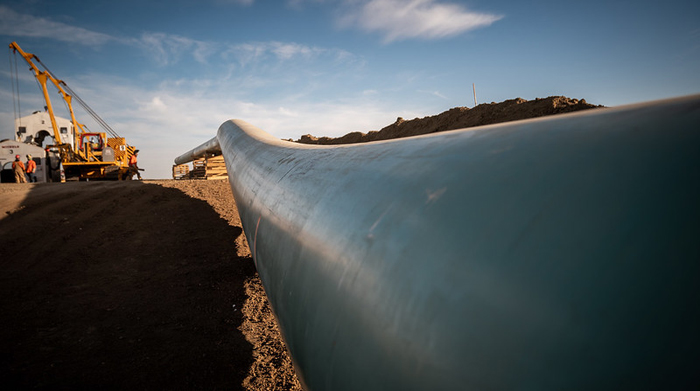The Troublesome History of Keystone Pipeline

Image courtesy of Government of Alberta under Attribution-NonCommercial-NoDerivs 2.0 Generic License, resized to 700 x 391 pixels.
The Keystone Pipeline seems to be stuck in a cycle of despair. The pipeline failed again in December 2022, spilling nearly 600,000 gallons of oil in northern Kansas. This, after numerous warnings and fines have been levied against the operator for prior failures. This begs the question; what the heck is going on with Keystone Pipeline?
The Tarnished History of Keystone Pipeline
The Keystone Pipeline transports oil from Canada to Texas, Illinois and Kansas. The pipeline’s operator, Canadian company TC Energy, has paid more than $300,000 in fines, and caused more than $110 million in property damage, as a result of 20 spills that have occurred during the last 10 years the pipeline has been in operation.
Obviously, this tainted history has environmentalists, among others, up in arms. Adding fuel to the proverbial fire is that the December 2022 spill leaked more oil than all 20 prior spills combined, creating a perception that the previous fines have been ineffective in terms of prompting improvement. Simply put, the root cause of the issues has not been identified or addressed.
The history of failures started early – specifically, the moment the pipeline went into operation in 2010. In this case, corrosion protection was not installed until 2012. This led to a rapid deterioration in certain spots on the pipeline – up to 97% metal loss in some areas. At the same time, a whopping 56 identified corrosion control deficiencies were not corrected for several years.
Problems associated with the welding and coating processes, as well as mechanical and equipment failures, have been identified as the cause. The only silver lining is that the proposed Keystone XL pipeline extension, which would have expanded the pipeline to run through Montana, South Dakota and Nebraska, has been cancelled, eliminating the prospect of operator incompetence impacting a wider geographical area.
Obviously, pipeline issues such as these present headaches from an emergency preparedness perspective for all utilities, from reducing fuel for fossil fuel plants, to damaging environments and infrastructure, to creating cleanup distractions that consume time and resources. In the final analysis, although electric and gas utilities are not directly responsible for the problems incurred by the Keystone Pipeline and others, they still must react to these types of emergency issues and therefore contingencies must be outlined in emergency plans.



